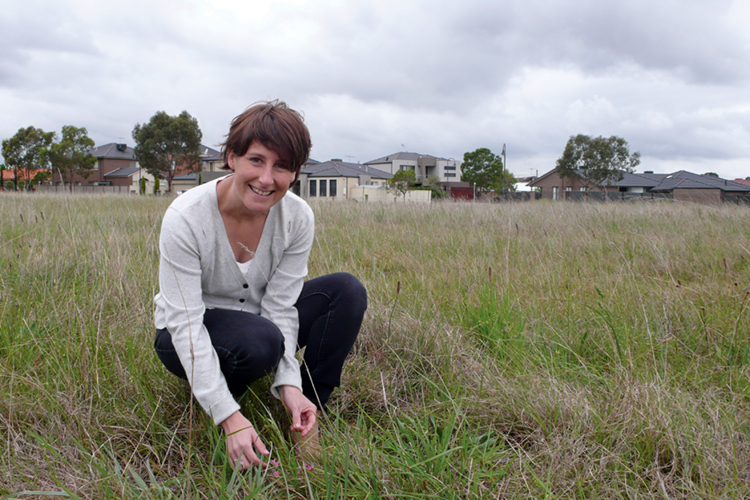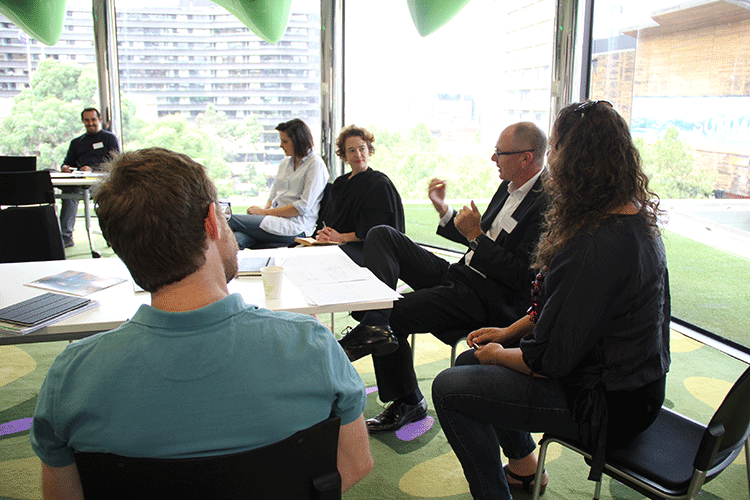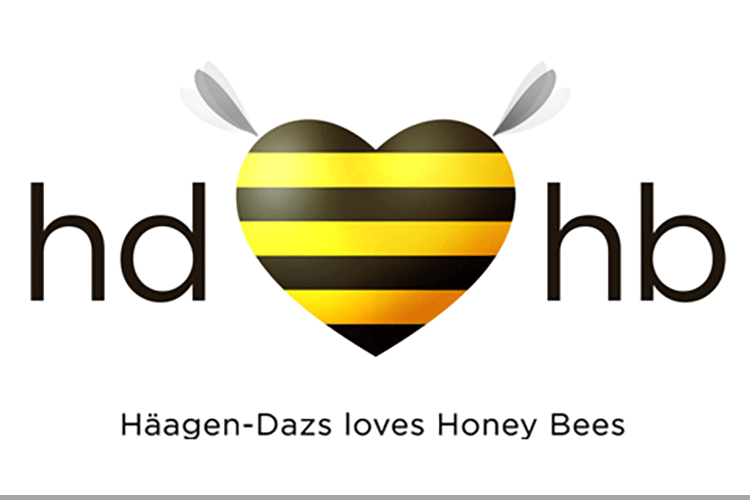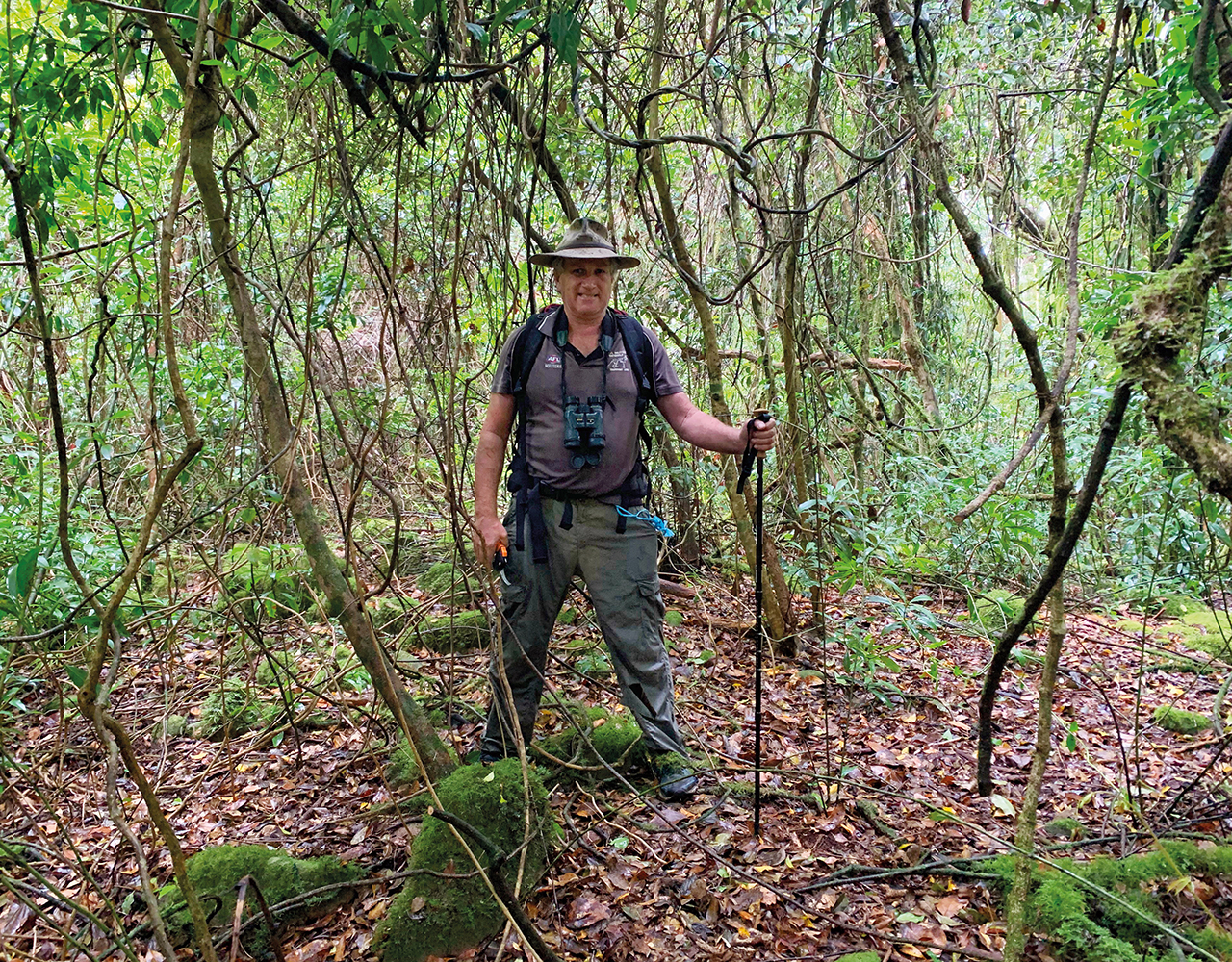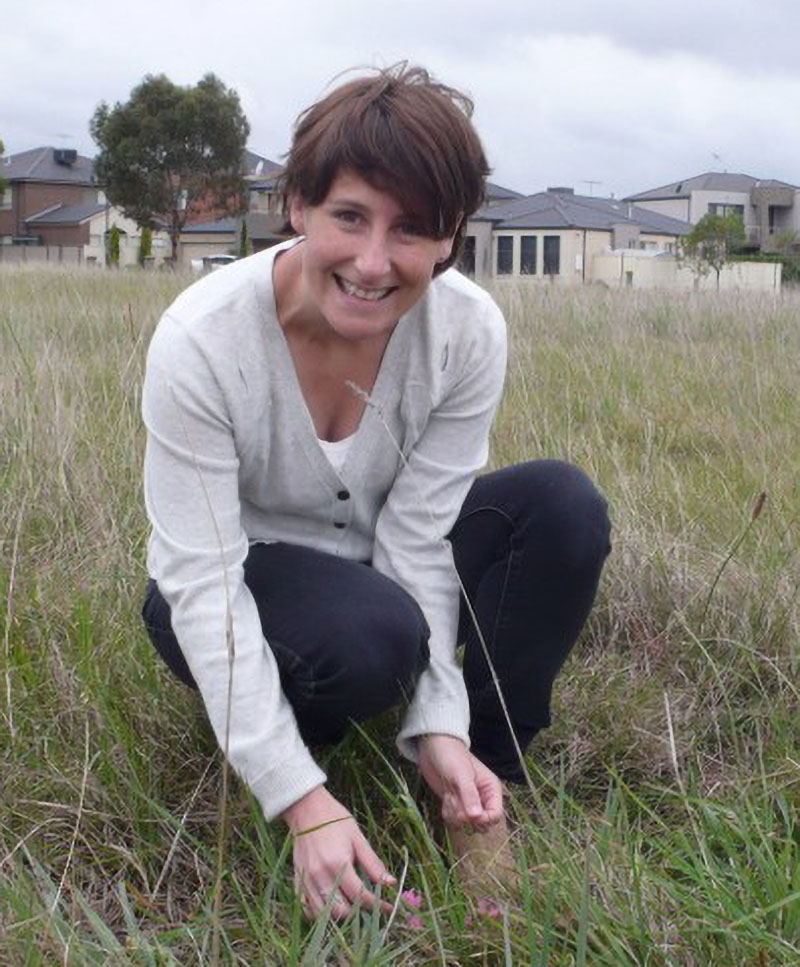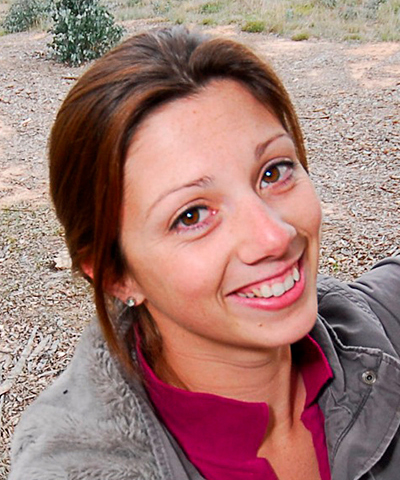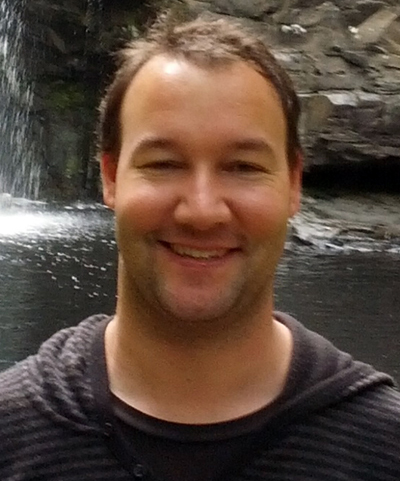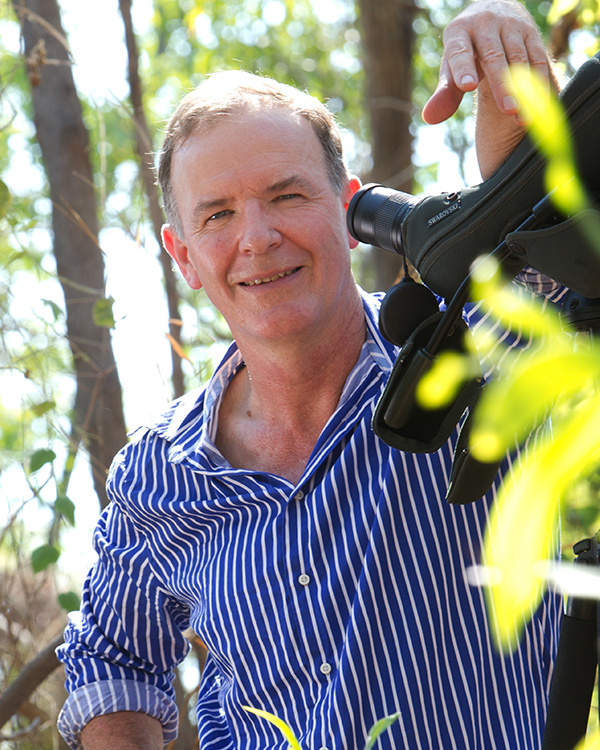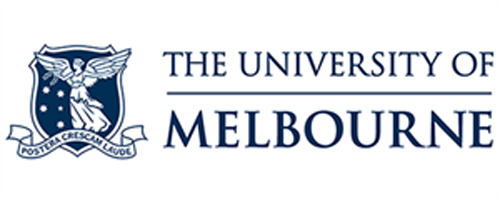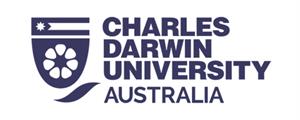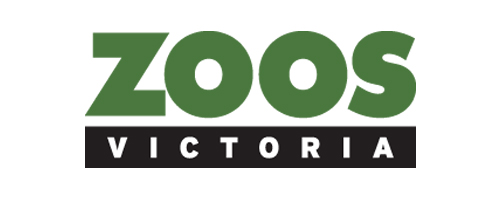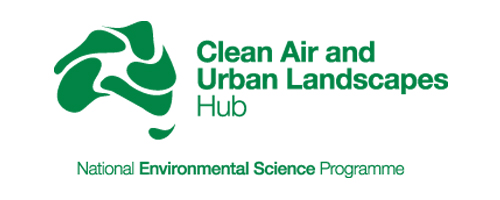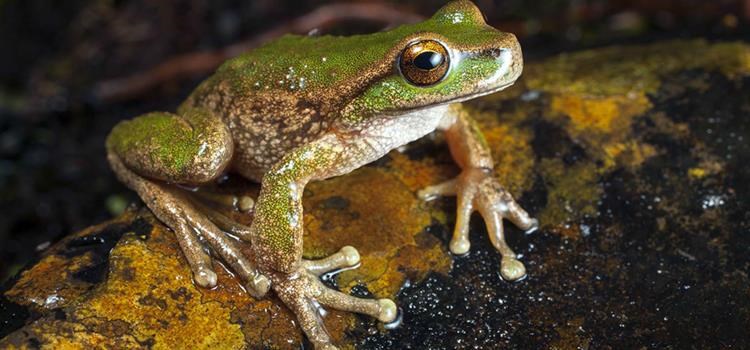
Project: 6.3
Improving communication and community buy-in to threatened species conservation
Project Leaders: Sarah Bekessy , Georgia Garrard
Research in Brief
This project will explore and test ways of increasing community buy-in to threatened species conservation in Australia. Using tools such as online surveys, focus groups and workshops, it will build an understanding of how communication and messaging affects social attitudes towards the conservation of Australia’s threatened species.
Researchers will work with key industry partners to deliver benefits for less charismatic threatened species, but it is anticipated that the project will benefit Australia’s biodiversity more generally by raising the public profile of threatened species conservation.
Why is the research needed?
Community support is thought to be critical for the successful conservation of many of Australia’s threatened species and ecosystems. Without the support of an engaged community, it is difficult to ensure that threatened species are considered or prioritised in planning, funding and other decision-making processes. Therefore, it is important to understand how communities ‘buy-in’ to the idea of conservation and how the social licence for threatened species conservation can be generated or enhanced.
However, a number of challenges exist:
- Apart from a few notable exceptions, threatened species generally have a low profile in Australia. This is particularly true for plants, insects and other non-charismatic taxa. Understanding how to raise the profile of threatened species may be critical to their survival.
- The influence and impact of conservation-oriented messages on community buy-in to threatened species conservation is unknown. Recent research in the related field of climate change suggests that the way in which information is framed or presented can have a significant influence on how people interpret or respond to it. However, relatively little is known about how framing affects community attitudes towards conservation of threatened species.
- Threatened species conservation can be perceived as being in direct conflict with the achievement of other socioeconomic goals. Identifying areas of potential conflict and opportunity will be important for improving engagement with industry as well as the broader community.

High levels of community support and engagement has led to birds being one of the best monitored groups of threatened fauna. Photo: Nicolas Rakotopare
How will the research help?
The project will address this problem by building an understanding of the barriers to community buy-in to threatened species conservation and an evidence-base for the types of messages that are most effective at enhancing community support.
It will also seek to reconcile perceived mismatch between conservation and social and economic goals through the early identification of areas of potential conflict and opportunity, and the development of new partnerships for threatened species management.
The project will produce some of the first recommendations about effective communication for conservation of threatened species and communities, as well as a list of priority threatened species conservation opportunities and potential partnerships for achieving them. The outcomes of the research can be used to inform targeted, evidence-based communication for the conservation of threatened species, including non-charismatic species which are currently flying under the radar. Other threatened species likely to benefit include the grey-headed and spectacled flying foxes and the highly threatened species on Birdlife Australia’s ‘Little Brown Birds’ list.
Ultimately, it is hoped that all threatened species will benefit from better engagement and community support for threatened species conservation in Australia.
What research activities are being undertaken?
Research activities for this project fall into three separate components:
- Surveys and experiments will be conducted to gain an understanding of how people relate and respond to information about threatened species and how communication and messaging can be used to enhance community buy-in to threatened species conservation.
- Workshops will bring together researchers, project partners and industry stakeholders to identify emerging and novel opportunities for conserving Australia’s threatened species, and establish new partnerships and pathways for implementation.
- In collaboration with the NESP Clean Air and Urban Landscapes Hub, community preference surveys will be conducted to better understand which parts of the landscape represent potential areas of opportunity and conflict for the conservation of endangered flying fox species in urban and urban fringe landscapes.

Participants collaborating at the Opportunities Workshop in Melbourne in 2017. Photo: Jaana Dielenberg
Who is involved?
The project is being led by RMIT University, in collaboration with The University of Melbourne, Charles Darwin University and The University of Tasmania. The team is also engaging with the Office of the Threatened Species Commissioner, Birdlife Australia and Zoos Victoria to understand how to better engage the community in the conservation of threatened species and ecosystems.
Where is the research happening?
The research will use local, national and international case studies..
When is the research happening?
Research will extend from 2015 to 2020.
More information:
For more information please contact project leader
Georgia Garrard - georgia.garrard@rmit.edu.au
This project involves the following subprojects:
Project 6.3.4 Iconic Species in Schools
Project 6.3.5 Targeting Australia's highest biodiversity impact behaviours
Project 6.3.6 Prioritising conservation efforts and communicating conservation opportunities in urban areas
Top image: Engaging the recreational fishing community in conservation activities for the spotted tree frog is leading to better outcomes for the species. Photo: Michael Williams, It’s a Wildlife
